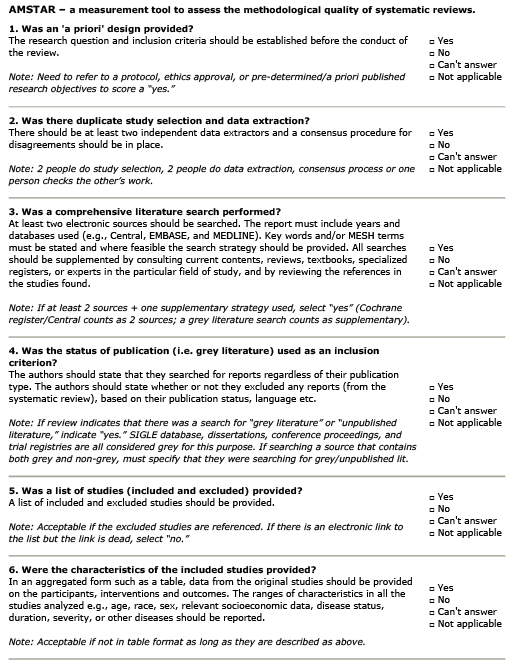What is the evidence for topical nitroglycerin (Nitro Patch) in the treatment of rotator cuff pathology?
Summary
Patient Population:
- 4 studies (166 participants; >18 year old) reviewed the effect of glyceryl trinitrate patches for tendinopathy
- Mean age: 52.3 year old
Intervention:
- Glyceryl trinitrate patch (dosage range between 1.25mg/day-5mg/day) +/- rehab
Comparison:
- Placebo patch+/- rehab, and local corticosteroid injections
Outcome:
- For acute RC tendinopathy:
- Compared to placebo GTN appears superior with respect to pain, ROM, hours of sleep and satisfaction (Level 3 evidence).
- Compared to corticosteroid injection GTN appears to be less effective in improving pain (Level 3 evidence)
- For Chronic RC tendinopathy:
- Compared to placebo there was a significant difference with subscapularis force in the short-term (2 and 6 weeks) outcome (Level 3 evidence).
- Compared to placebo there was a significant difference in midterm (24 weeks) outcomes for less pain, higher overall force, higher satisfaction, higher chance of being asymptomatic with ADLS (Level 3 Evidence), and higher ROM (Level 2 evidence)
Outcomes Assessed
- Benefit
- Harm
- Inconclusive
Acute Tendinopathy
Pain
Sleep
ROM
v. Corticosteroid (Steroid superior)
Chronic Tendinopathy
Short term - Pain and ROM
Short term - Patient Satisfaction and ADL's
Short term - Muscle force (Subscapularis)
Midterm - Pain and ROM
Midterm - Patient Satisfaction and ADL's
Midterm - Muscle force (Overall)
Relevant Clinical Info
Largest RCT by Paoloni et al (Am J Sports Med 2005;33:806–13) had 53 participants, and showed reduced internal rotation impingement at week 24, increased ROM in abduction and internal rotation at week 24, increased force at week 12 and 24, and 46% of treatment group were asymptomatic with ADL’s at 6 months compared to 24% of controls
NOTE: Nitro patch related headache reported in up to 68% of patients
Participant Information
the sample size was 166
Mean age of 52.3 years.
their were 4 studies used.




